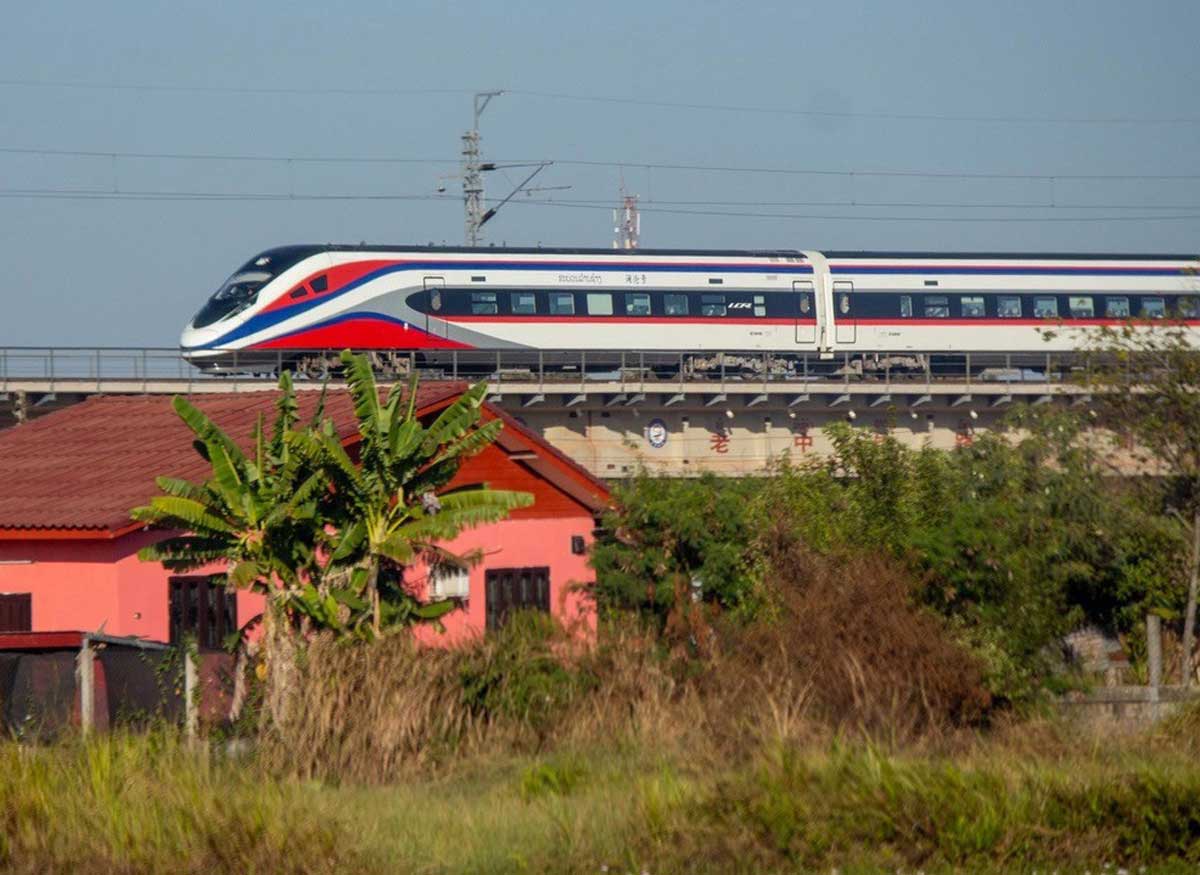
The Laos railway: A remarkable travel experience!
- on Jul 15, 2024 By: Phuong Mai NGUYEN
Embark on a journey to discover the cultural and natural wonders of the Land of a Million Elephants with the recent launch of Laos' first major railway line. Offering comfort, speed, and a greener approach to transportation, the Laos Railway promises a uniquely immersive travel experience.
The history of trains in Laos
Laos' railway history dates back to the late 19th century, when French colonial authorities decided to construct a railway line in the southern part of the country, amidst the archipelago of the 4000 Islands. Spanning seven kilometers, this railway circumvented the impassable obstacle of the Khong Phapheng Falls, facilitating river trade along the Mekong River. The inaugural locomotive, named Paul Doumer in honor of the Governor-General of Indochina, marked its maiden voyage to Laos. The line transported cardamom, hides, benzoin, ivory, and precious woods to Phnom Penh and Saigon, while textiles and manufactured goods traveled in the opposite direction.
During World War II, the line was utilized for military purposes by the Japanese before eventually falling into disuse. Today, visitors to the 4000 Islands can still admire remnants of this "tropical train," including a rusted old locomotive and a stone bridge with thirteen arches spanning nearly one hundred sixty meters long.
The launch of Laos' new high-speed train
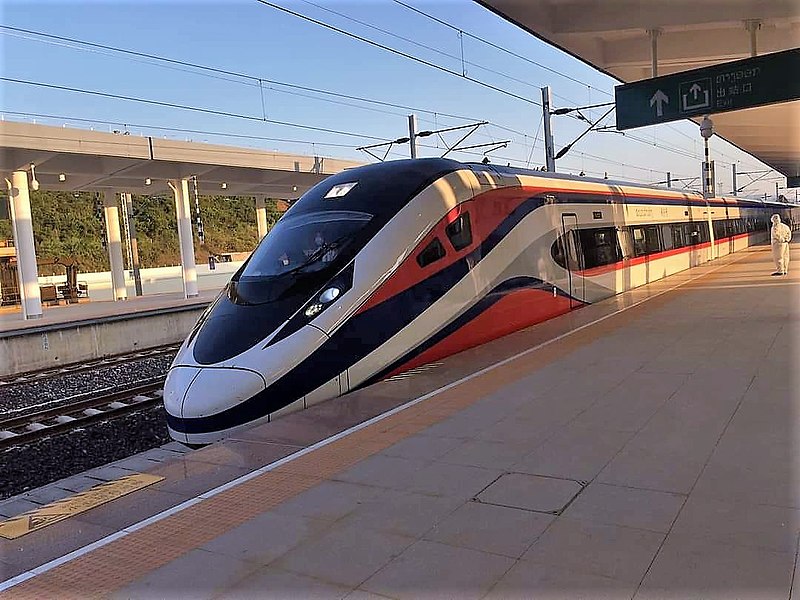
On December 3, 2021, Laos celebrated the grand inauguration of its first high-speed train, named Lan Xang in honor of the ancient Kingdom of a Million Elephants. This high-speed rail connects the Laotian capital, Vientiane, to Kunming in China, spanning the entire northern region of Laos. With a staggering €5 billion investment from Beijing, this railway aims to integrate Laos, which lacks direct access to the sea, into China's ambitious Belt and Road Initiative. The ultimate goal is to link Kunming to Singapore in the coming years, with the line eventually comprising 33 stations. Currently, 10 stations are operational, including four significant tourism hubs: Vientiane, Vang Vieng, Luang Prabang, and Boten.
What to see during your train journey in Laos?
Vientiane: Your journey on Laos' railway begins in the country's capital, Vientiane. Before boarding, take time to explore this charming city, rich with cultural wonders. Don't miss the iconic That Luang, meaning "Great Stupa" in Lao, believed to house a hair of Buddha. Nearby, marvel at Patuxai, an archway built in 1969 to commemorate the country's independence from France. Descending towards the Mekong River, you can visit the Presidential Palace and explore some of the city's oldest and most iconic temples, such as Wat Si Saket, Vat Phra Keo, and Wat Si Muang.
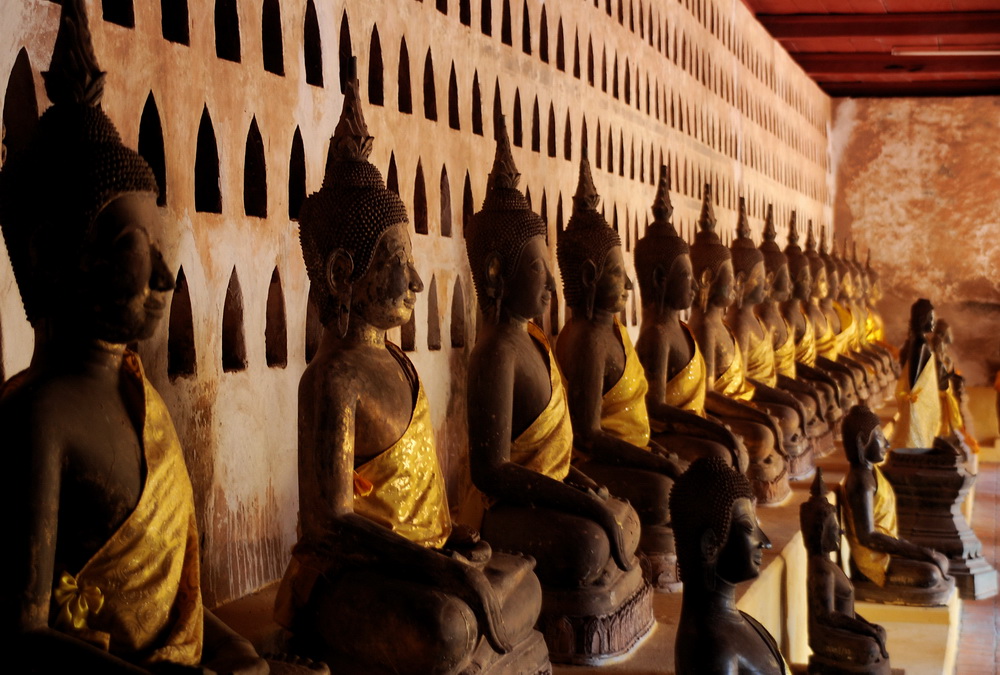
Vang Vieng: The first stop on your Laos train journey, this landscape of stunning beauty is just an hour's train ride from Vientiane. Discover breathtaking karst mountain scenery, punctuated by caves and crisscrossed by the languid Nam Song River.
>> Read more: Visit Vang Vieng: Top 10 things to see and do
Luang Prabang: A UNESCO World Heritage site, reachable from the capital in just two hours by train compared to nearly twelve hours by road. Known as the cultural heart of Laos, Luang Prabang captivates travelers with its unique atmosphere, enchanting setting between the Mekong River and mountains, and wealth of temples, pagodas, monasteries, colonial mansions, and traditional Laotian houses. Its stunning countryside is home to some of the country's most beautiful waterfalls, such as Kuang Si Falls, and hosts numerous ethnic minorities including the Hmong and Khmu.
>> Read more: What to do in Luang Prabang in 1, 2, 3, or 4 days?
Boten: The last major station in northern Laos, Boten serves as the gateway to the stunning region of Luang Namtha. While the town itself may lack appeal, it provides access to an adventurous land where you can explore on foot or by bicycle and encounter diverse ethnic groups such as the Lanten, Kamu, Hmong, Akha, and Yao.
Navigating Laos by train: A comprehensive guide
When planning to travel by train in Laos, securing tickets is straightforward and can be done either at railway stations or through local travel agencies situated in key cities like Vientiane, Vang Vieng, and Luang Prabang. It's advisable to purchase tickets in advance, ideally up to three days prior to departure, to ensure availability, especially during peak travel seasons.
Laos' new generation of trains offers modern amenities, including air-conditioned cars equipped with three distinct classes to cater to varying comfort preferences. Travelers can choose between different classes based on their budget and preferences for seating arrangements.
Regarding luggage, passengers are advised that each person is allowed up to 20 kg of baggage. This weight limit ensures a comfortable and safe journey for all travelers, adhering to standard travel regulations.
Whether you're embarking on a scenic journey from Vientiane to Luang Prabang or exploring the lush landscapes on the way to Vang Vieng, traveling by train in Laos promises not only convenience but also an opportunity to experience the country's evolving rail infrastructure firsthand.
TOLUNHA
Related articles:
>> Top 10 must-see visits when travelling to Laos
>> When to go to Laos? Climate, seasons, and weather in Laos
>> 10 tips and tricks for a successful trip to Laos
>> Vietnam-Laos tour 15 days, choose the essential or off the beaten track?
 Español
Español Français
Français







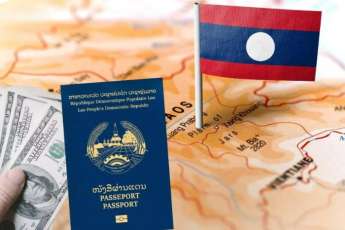

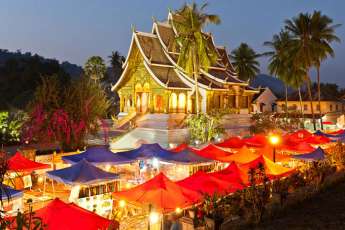


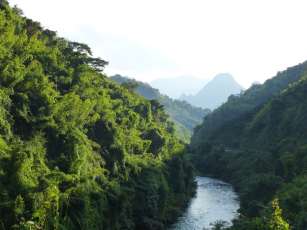







Morgane Ter Cock
on Dec 18, 2025HerbertPhomaMS
on Oct 19, 2025Lilyan Cuttler
on Oct 15, 2025Avenue17XC
on Sep 14, 2025Avenue18JL
on Jul 21, 2025